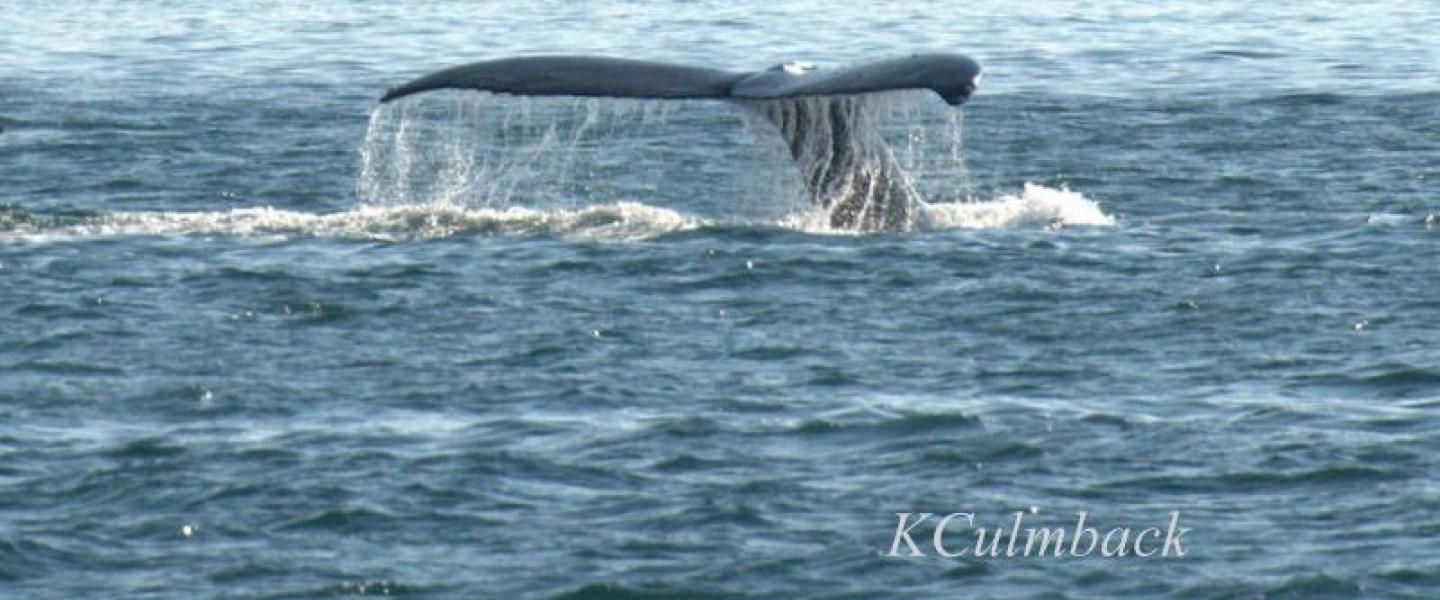
Olivia | M/V Kestrel | July 24th, 2020 | 10:00
We started off the trip by being one of the first boats out on the water for the day. That being said, we decided to start the trip by scanning some major bodies of water such as the Haro Strait. These tend to be hot spots for larger cetaceans and a great place to start. Additionally, we left the dock with a shore report of a potential Humpback Whale north of Lime Kiln Lighthouse. Unable to find this rumored Baleen Whale, we headed north towards Turn Point Lighthouse which sits on the United States side of the Canadian Border and western Boundary Pass.
After admiring the lighthouse and the calm seas, we headed east up Boundary Pass and came along a shoal of Harbor Porpoise. We decided to stop and shut down the engines as a way to be respectful of these small cetaceans and watched as they surfaced for air all around us. We eventually headed south through John’s Pass and then between the Cactus Islands checking out the native longhouse, Harbor Seals, and a Bald Eagle scouting the horizon.
In the ninth inning of our trip, just as we were about to head in the direction of Friday Harbor, that same mystery Humpback Whale from earlier was spotted in the Haro Strait in the exact spot we were two hours prior. Typically, these Humpback Whales surface for about three or so breaths before going on the deeper dive to forage, flashing that tail fluke, and being underwater anywhere from three to ten minutes. This one, however, was fluking and diving every two minutes, providing us with heaps of tail flukes and lots of opportunities for photos.
After a while of watching the sun soaked water droplets fall from the wide fluke of this Humpback Whale for about 10 minutes, we had to head back towards Friday Harbor. Having the opportunity to show our guests two types of cetaceans throughout our trip was such a beautiful way to spend the morning.